Solid houses - made of clay, of course
Environmental protection is good form for us
Clay is one of the oldest building materials in human history. The indigenous peoples built their houses predominantly with clay, a sand-containing clay colored yellow to brown due to iron compounds. Even today, clayey loam is still an important building material in many regions, in dry, hot Egypt as well as in the high, icy areas of the Himalayas and the Andes.
The use in such different climate zones already shows two of the most important properties of this all-rounder: protection from heat and cold. These properties were further improved when humans began firing the clay into bricks, which also provide protection against moisture. Houses were built this way for many centuries.
Nothing is so good that it couldn't be improved
Inventors repeatedly thought about how to make even better use of the good properties of clay. In 1917, the first patent for the production of expanded clay was granted in the USA. Clay balls are fired in a rotary kiln at 1,200°C without any chemical additives. During this process, the balls expand, the surface melts and forms a protective outer skin. Fine-pored, light clay beads of high strength are created.
In the mid-1960s, a further improved process for producing expanded clay using dry processing was developed, which no longer produces wastewater or other waste. The technology, which has now become significantly more refined, makes it possible to produce a material with precisely controllable grain size, density and compressive strength: expanded clay - for the layman it is just inconspicuous balls of fired clay, for the expert it is a great, versatile, thoroughly environmentally friendly building material.
Good for people...
The ceramic outer shell of the expanded clay balls has particularly good heat storage capacity; The air cell structure enclosed in its core ensures above-average thermal insulation. This means that in winter, when outside temperatures are low, you can get by with the heating turned down and still not freeze. In summer, even when the outside temperature is high, the walls stay pleasantly cool inside and maintain a constant temperature. This saves heating costs in winter and invigorates in summer.
The small clay beads also have a whole range of other excellent properties. They are odorless, do not absorb water, and do not mold or rot. Expanded clay balls are also immune to acids and alkalis, frost and heat. It quickly becomes clear that an ideal building material was found decades ago that can withstand all the forces that affect a building day after day, year after year.
... good for the environment
Modern technology uses and improves the properties of clay and also uses this valuable raw material sparingly, because almost four cubic meters of expanded clay are produced from one cubic meter of clay. The depth of the clay pits is 20 meters; Just one square meter of pit area produces 76 cubic meters of expanded clay - enough building material for an entire single-family home. The clay pits are then recultivated and used for agriculture; no climate-changing bodies of water are created.


-
variability
Despite the use of pre-produced wall elements, each building project is built individually according to the client's wishes. Thanks to the VarioSelf system, which has proven itself over many years, there are no additional costs for planning.
-
Short construction time
Another advantage of the VarioSelf system is probably the short construction time: the wall elements are prefabricated as a millimeter-precise implementation of the individual construction plan in weather-independent production facilities; their assembly on site can be accomplished in a single day for houses with a floor area of up to 200 m2 .
-
Recesses & empty pipe systems
A particular advantage of the prefabricated wall elements is the possibility of integrating precisely dimensioned recesses, wall openings and an empty pipe system for the entire plumbing and electrical installation during production, which can be carried out much more cost-effectively by craftsmen or even largely by yourself can be provided.
-
No interior plastering required
Another advantage of expanded clay construction: no interior plaster is required. This means that the shell does not have to be heated dry first and is ready for the following trades sooner. A pleasant side effect: by eliminating interior plastering, approximately 3% more net living space is available compared to conventional construction with the same floor space.
The stuff dreams are made of
Expanded clay - ecological, energy efficient and ideal for a healthy indoor climate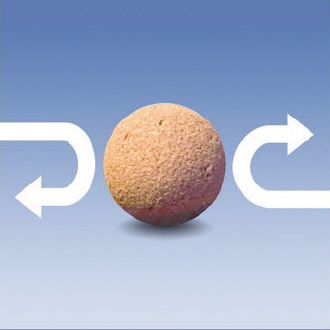
Thermal insulation
The air cell structure enclosed in the expanded clay ensures above-average thermal insulation. The heating energy stays in the house, the cold stays outside.
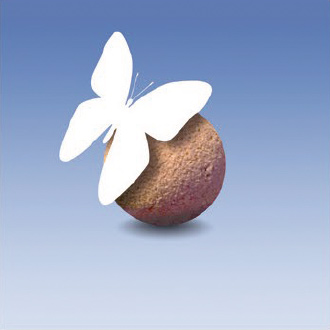
Feel-good climate
Optimal breathability and storage capacity ensure a pleasant relative humidity between 40 and 60%. This is how people feel most comfortable.

Heat retention
Expanded clay has particularly good heat storage properties. The heat energy from the sun is stored and prevents the house from cooling down at night.
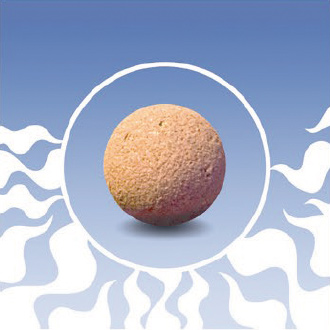
Fire protection
The initial products of the expanded clay walls have already passed through the fire. At 1,200°C, all potentially combustible organic substances are eliminated during the manufacturing process.
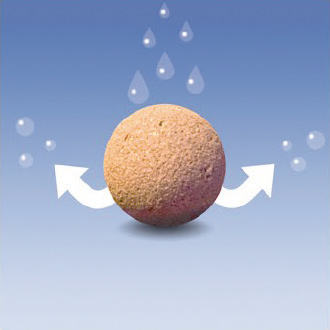
Vapor diffusion
Expanded clay walls compensate for different levels of humidity thanks to their good storage capacity, and harmful condensation and mold formation is prevented thanks to good vapor diffusion.
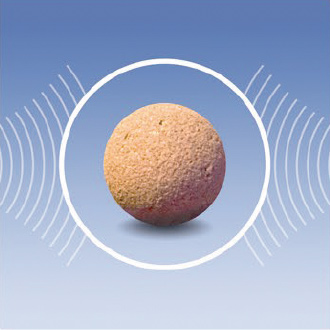
Soundproofing
The expanded clay house also protects its residents from harmful noise: the porous wall structure is ideal for breaking and absorbing sound waves in equal measure.
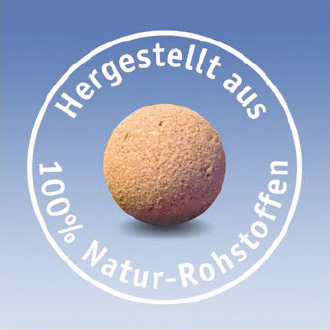
100% natural product
Expanded clay wall elements are made from approximately 60% expanded clay, 10% cement and 30% sand. Toxic gas emissions are therefore ruled out from the outset.
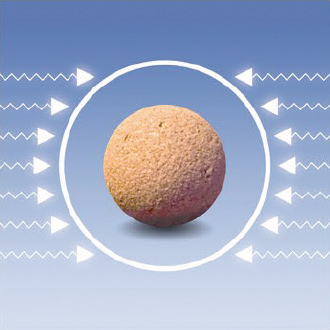
Shielding from electrosmog
Expanded clay walls are able to absorb a large part of the electrosmog, e.g. from mobile phone or radar systems.
